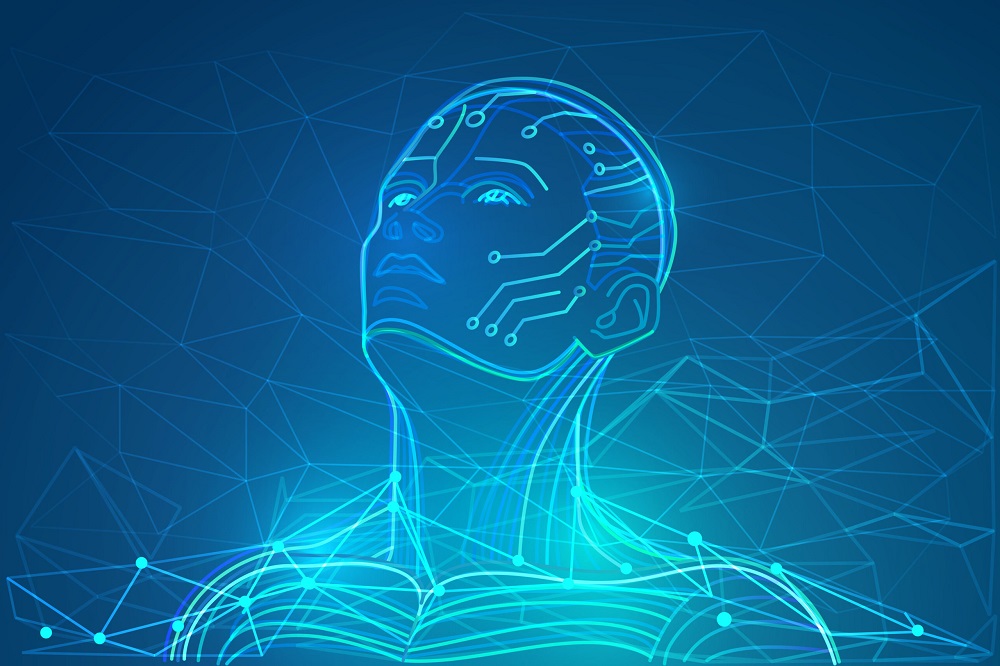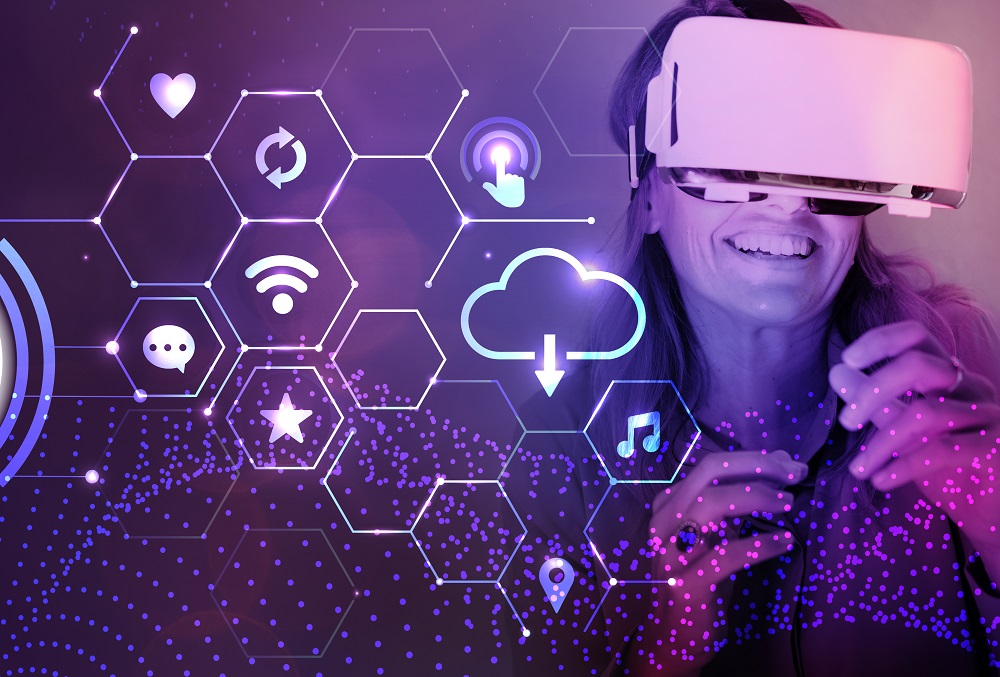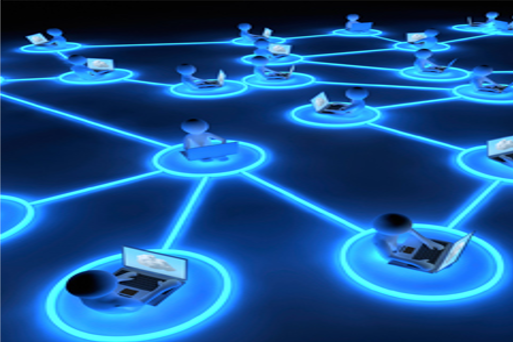In previous article, we learned about latest technology trends, as well as how the covid-19 pandemic enhanced the usage of these technologies and digitization in various businesses.
In this article, we’ll continue the series of technological trends which played vital role in business sector across the globe.
The Blockchain Technology

Blockchain technology is another popular mainstream technology trend for 2021. Many people mistakenly believe that blockchain is just concerned with bitcoin, which is not the truth.
Blockchain technology includes more than just cryptocurrencies like Bitcoin and other altcoins. It is used in a variety of industries beyond the crypto industry, including healthcare, supply chain and logistics management, advertising, and so on.
It’s a decentralised digital accounting system that uses a global network of computers to trace any transaction. Various industries will be looking for blockchain platforms in 2021 to develop top-tier business strategies, boosting the blockchain technology industry forward in the near future.
Cybersecurity

Despite the fact that cybersecurity does not appear to be a premium technology. It is still progressing at the same rate as other technologies in 2021. The main reason for this is that new dangers to confidential data in businesses are always emerging.
Malicious hackers that want unrestricted data access will not give up easily, and they will continue to develop ways to get beyond even the most robust security measures. It’s thanks, in part, to the adoption of cutting-edge technology to improve defences. Because cybersecurity will be used to protect against hackers for as long as humans exist, it will continue to be a popular technology.
Human Augmentation

Human augmentation is a term that is frequently used to represent technological advances that attempt to improve human capabilities and efficiency. Human augmentation includes physical enhancement such as prosthetics, augmented reality (AR) lenses, and RFID chips implanted inside humans.
This may aid in the development of intellectual frameworks, perception, and action skills. This is accomplished through the employment of sensing and actuation technology, data fusion and fission, and artificial intelligence.
Virtual Reality and Augmented Reality

Virtual reality and augmented reality are two well-known advance technologies that have rapidly grown in popularity in recent years and are expected to continue to grow in the future. Virtual Reality (VR) focuses on using computer technology to create a realistic simulation of the physical world, whereas Augmented Reality (AR) focuses on supplementing the environment with computer-generated elements.
Gaming, transportation, education, and healthcare are just a handful of the industries where they work. Ed-Tech platforms, for example, are increasingly using these technologies to improve students’ learning experiences.
Distributed Cloud

The distributed cloud provides a public cloud computing solution that allows you to run public cloud infrastructure in a variety of places, including your cloud provider’s infrastructure, as well as premises, data centres, or other cloud providers, or third-party data centres or placement centres.
The Internet of Things (IoT), artificial intelligence (AI), telecom, and other applications that require vast amounts of data to be processed in real-time are driving demand for distributed clouds.
The distributed cloud also assists organisations in overcoming the challenges of complying with data protection requirements in the country or industry, and, more recently, in providing IT services to workers and end-users dispersed by the COVID 19 epidemic.









